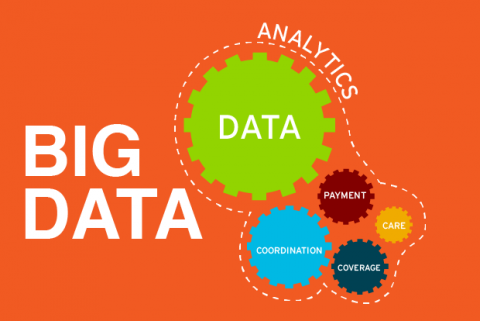Everyone is trying to wring more value from their data these days, especially in attempting to move from a retrospective to a forward-thinking analytical view. When you think about getting from here to there, you must plan for a few challenges:
- Plumbing. Do you have the technology backbone and processes in place to capture and collect the right data then normalize it in a way that you can derive insights from it? Do you have the automation capabilities to gather all your transactional and descriptive data sources? This seems to be the primary challenge, and it’s easier said there than done, even with cloud and a lot of open source tools becoming commonplace.
- Mindshift. There is also a mindset shift that needs to happen, because most conventional business intelligence staff are used to looking at things retrospectively. They have had a lot of time to build data warehouses and run jobs that would at times take several days, and then make something available to Marketing, Strategy, or even Finance to derive any kind of meaningful insights that could have implications looking forward. There is a lot of learning curve there.
- Sponsorship. To make analytics much closer to real-time, you need recognition and sponsorship at the highest levels that this is a business priority. That means a collective admission that yes, we will perform more competitively as a business if we know what’s happening now so we can act upon it immediately, versus next time or next month, or next year.
To work effectively and solve for these three challenges, consider how the real-time data evolution is happening in your own life. Take the music service Spotify. I was very specific about what I wanted to listen to from the first day I began using it, so I built my own playlists. After a while I experienced what is called the "cold start" issue. Spotify built its success by being able to recommend songs based on users’ historical data usage. However, a retrospective view of usage sheds no light on new or unusual items that also might appeal to listeners. As a result, the recommendations can become predictable over time.
To become more real-time in its approach, Spotify is using deep-level descriptive and contextual data, which aids recommendations and discovery based on time of the day (e.g. weekday versus weekend), activities such as running or driving home from work etc. to determine what might be going on currently in the life of the listener and what have they selected in the past at the same time. There is also an element of what is popular right now and what others have selected. Now I’ve found that the cold start problem has gone away. I find that I’m not fast-forwarding as much as I used to or looking at my radio and thinking, “Hey, what am I listening to?” Once in a while I notice that Spotify has dropped in what I call an "outlier" that is trying to expand my taste spectrum. This is a good example of gleaning insights from the combination of transactional and descriptive data. Real-time analytics and in-the-moment recommendations are really the future of how we discover content. So it’s most definitely a challenge worth solving.
Rajesh Wunnava is the Director of Product Management – Personalization and Insights at Gracenote. As a senior digital product and technology executive his experience spans the entertainment, consumer products and advertising industries. Wunnava has worked/consulted for marquee companies such as Procter & Gamble, Warner Music, J Walter Thompson/Mindshare and Unilever, and has a successful track record in leading and delivering technology-driven business innovation and growth through new products, insights and revenue streams.




